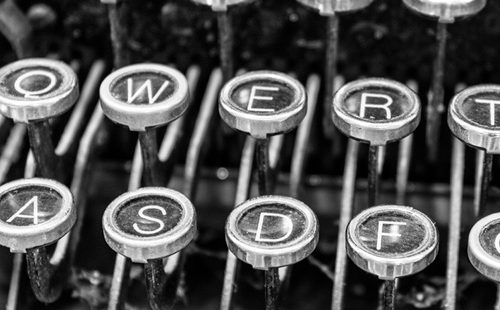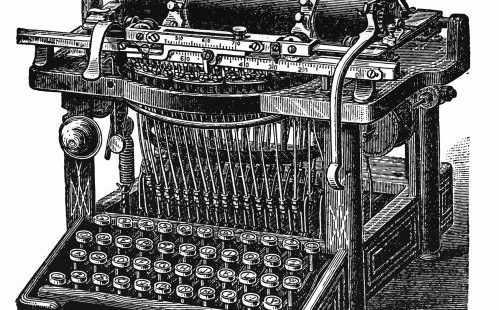Quirky QWERTY
Your computer keyboard serves two main purposes. First, it collects the crumbs from your lunch. Secondly, it’s the hardware that transposes your typed words into text on a screen. Have you ever wondered why the keyboard is laid out the way it is? Why is the top row of letters QWERTYUIOP? That’s been the accepted standard for ages now. Computers, tablets, phones, they’re all QWERTY. Think of the typos that would result if some computer company decided to change it!
Let’s take a look at why your faithful keyboard companion looks the way it does.


















